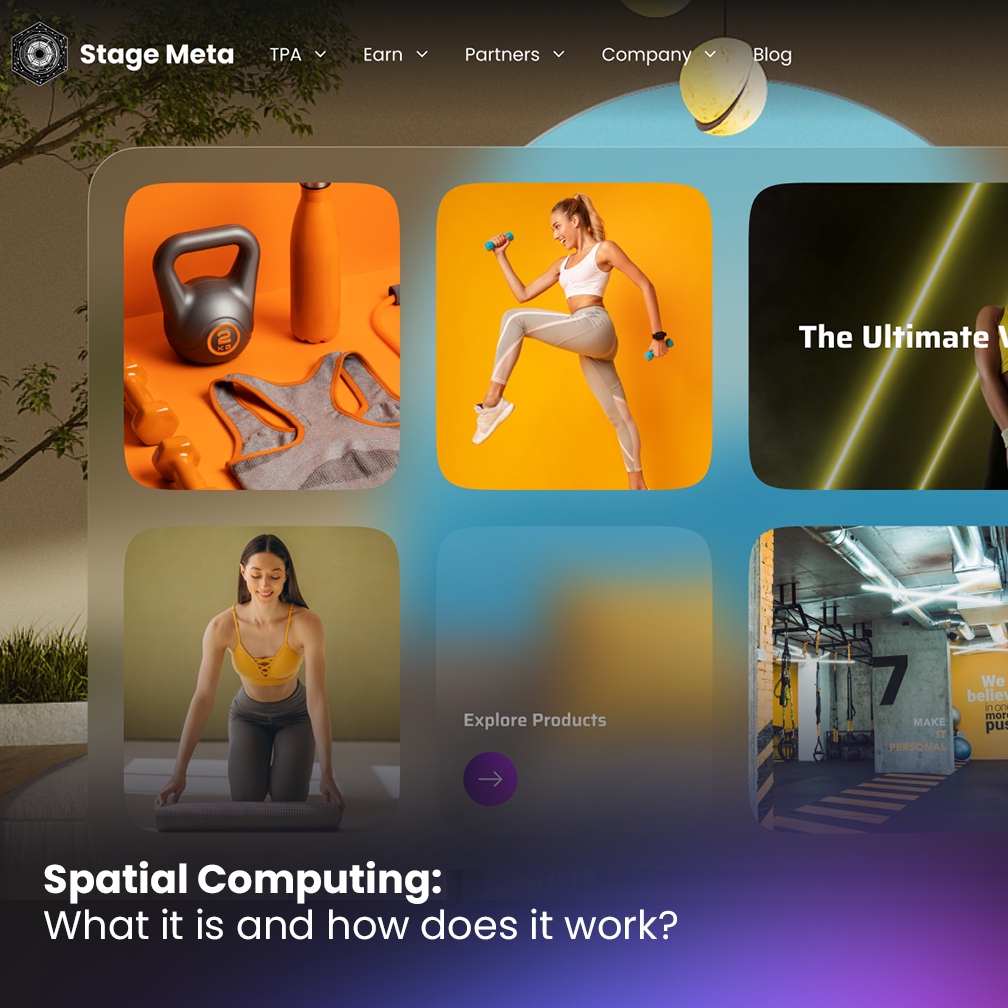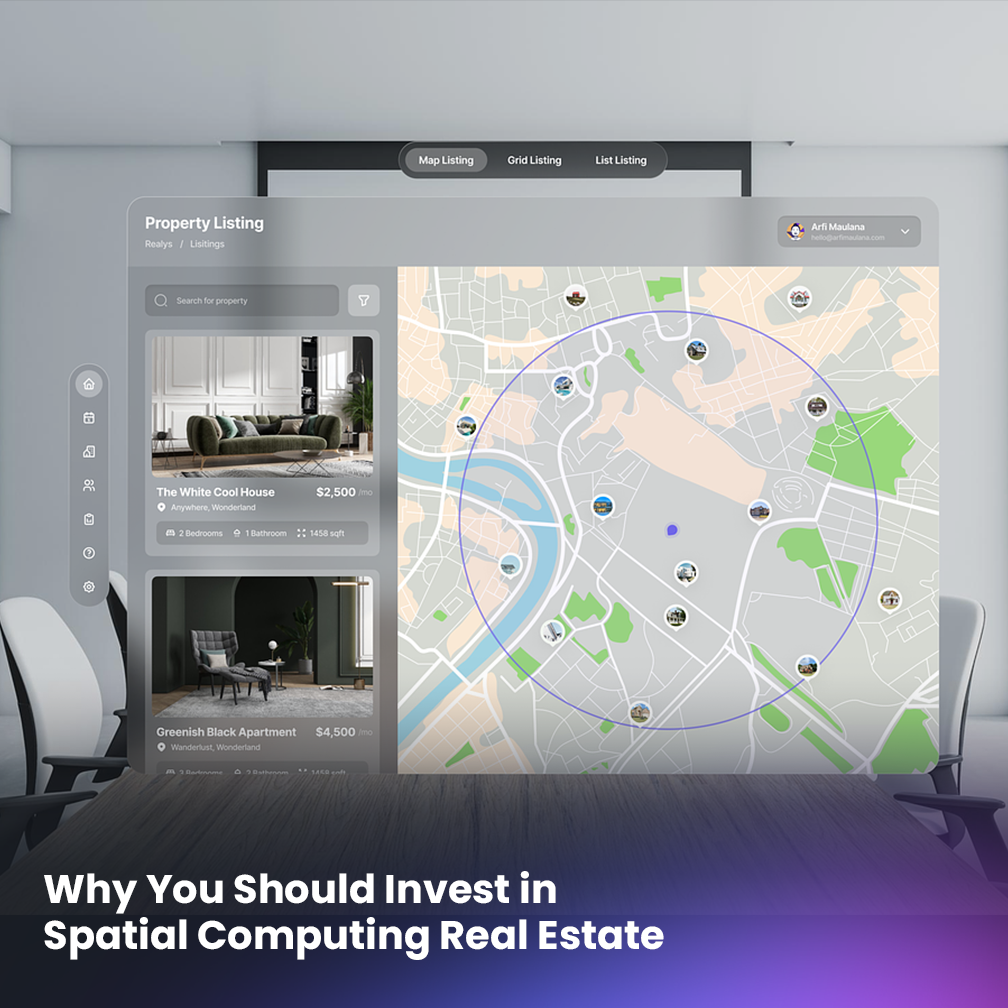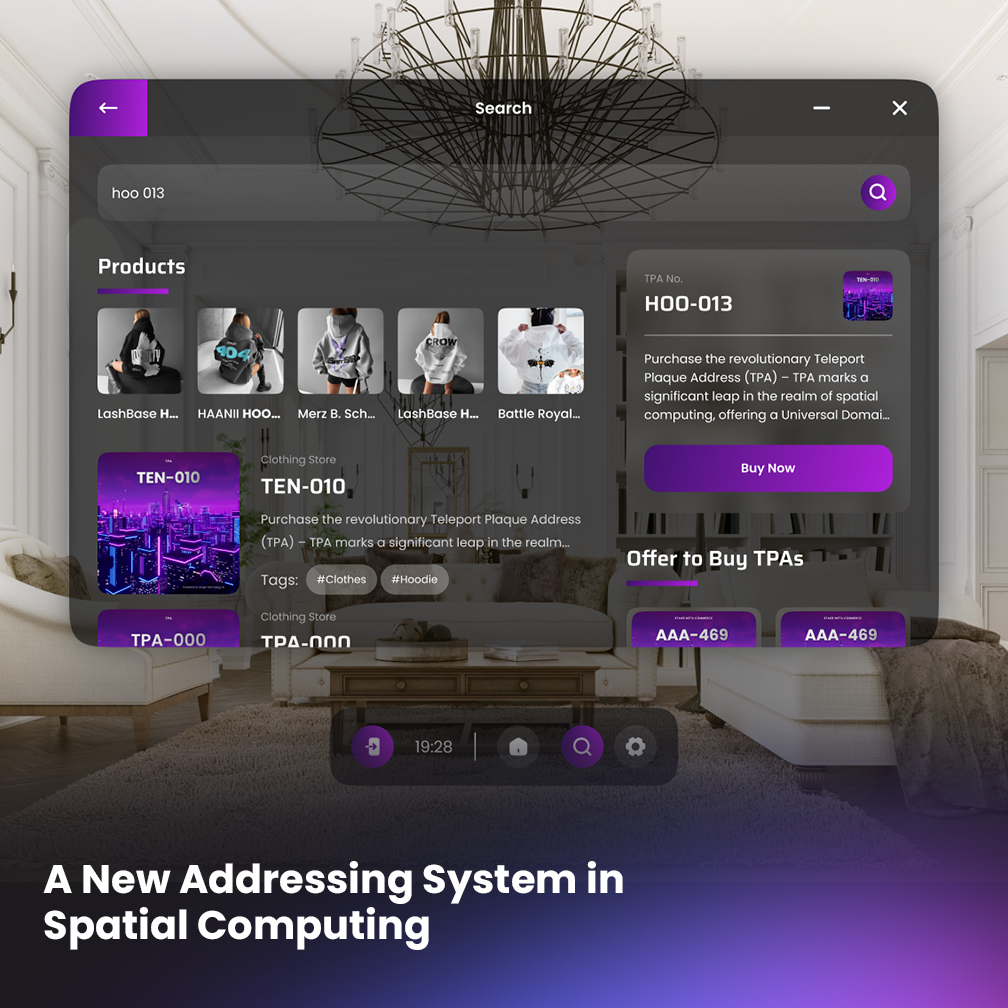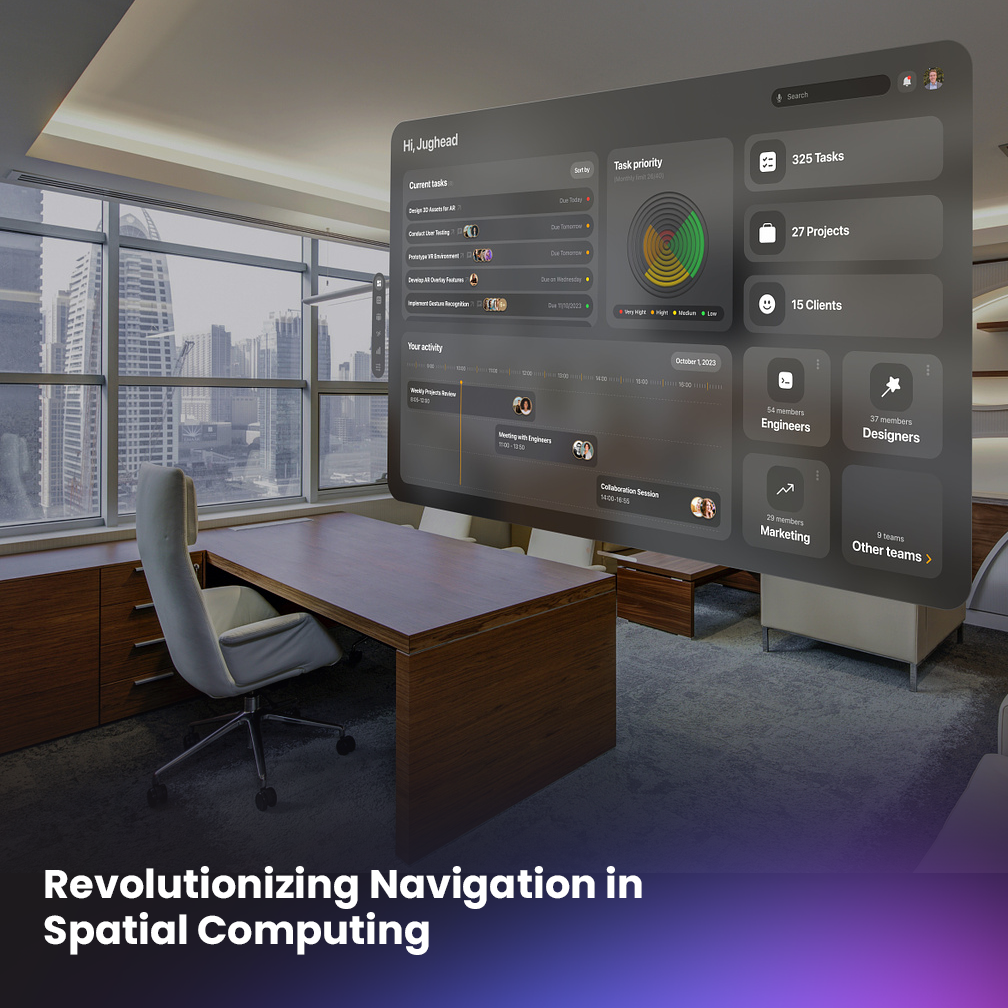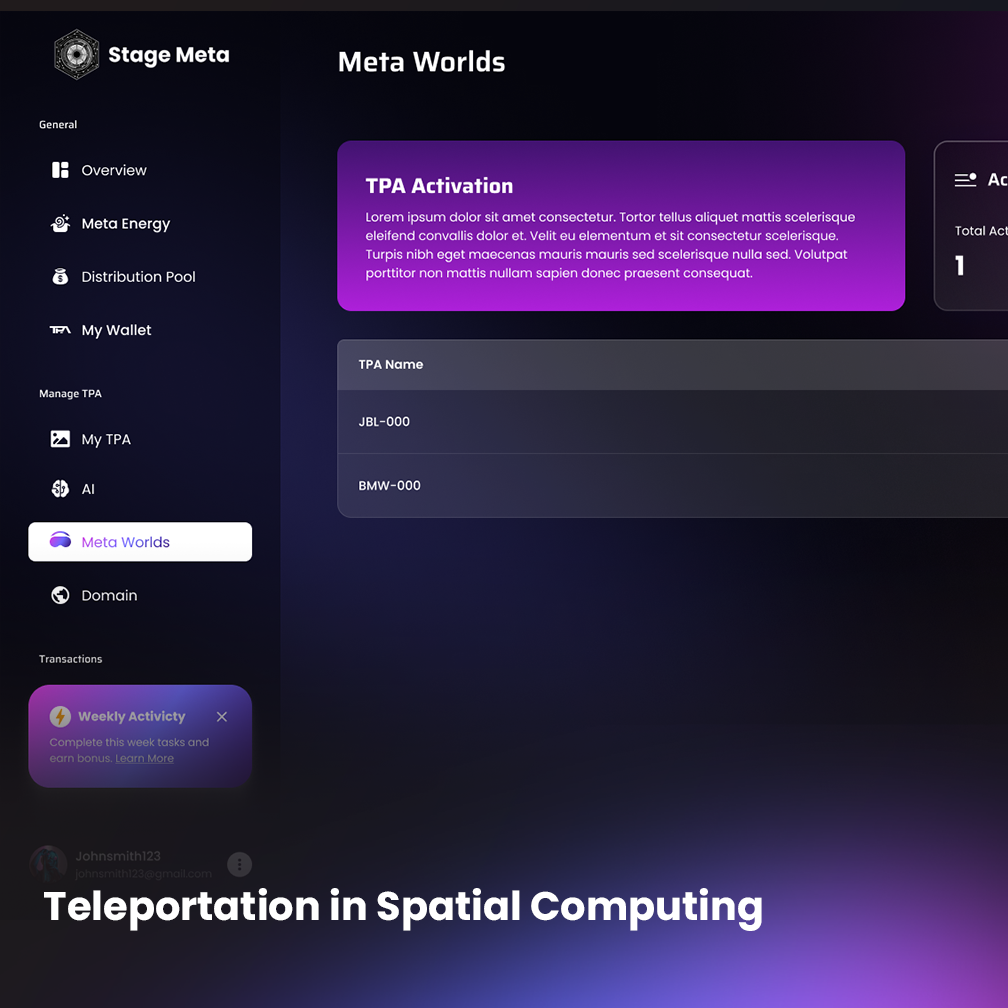
As technology advances, the possibilities within Spatial Computing are becoming increasingly exciting, with teleportation being one of the most intriguing concepts. Teleportation in Spatial Computing refers to the ability to instantly transport oneself from one location to another within spatial spaces. This has the potential to revolutionize how people explore Spatial Computing, making it a more immersive and efficient experience.
Imagine being able to explore a virtual world with the same ease as moving around your own home. Teleportation in Spatial Computing would allow users to instantly transport themselves to different locations without navigating through a cumbersome interface. For example, in a virtual city, teleportation would enable users to move between different parts of the city without dealing with crowded streets or complex transportation systems.
Teleportation in Spatial Computing
Teleportation in Spatial Computing would also have significant implications for social interaction. Currently, virtual socialization is limited by the fact that users must physically travel to meet up with each other.
This can be time-consuming and can limit the amount of time that can be spent socializing. Teleportation would eliminate this barrier and make it possible for users to instantly meet up with each other in any location within the virtual space.
However, there are also potential downsides to teleportation in Spatial Computing. For example, it could lead to a lack of exploration and discovery within virtual spaces.
If users are able to transport themselves instantly to any location, they may be less likely to take the time to explore and discover new areas within the virtual environment. This could lead to a lack of engagement with the virtual space and a decrease in overall user satisfaction.
Another potential issue is the potential for teleportation to disrupt the sense of immersion within virtual spaces. If users can transport themselves instantly from one location to another, it may be more difficult for them to fully immerse themselves in the virtual environment.
This could lead to a decrease in the overall quality of the virtual experience and could limit the potential for Spatial Computing to be used as a tool for education, entertainment, and other purposes.
Despite these potential downsides, the concept of teleportation in Spatial Computing is an exciting one. As technology continues to advance, it is likely that we will see more and more sophisticated forms of teleportation and other forms of virtual travel.
Ultimately, Spatial Computing has the potential to revolutionize the way we experience digital content and interact with each other online. Teleportation is just one example of the exciting possibilities that lie ahead.
Teleportation has become an essential feature for users of Spatial Computing to explore different locations. When using teleportation, a Teleport Plaque Address is used as a physical waymarker in order to identify the exact location where users want to travel.
This allows for quick and easy access to different locations throughout the virtual world.
The use of Teleport Plaque Address has been a further improvement in recent years. They contain more detailed information, including coordinates, and a lot of metadata to help users get a better sense of the destination before they travel there.
This helps to reduce confusion for users when using teleportation in Spatial Computing; it also reduces the need for them to manually enter their desired destination as the plaque address is already pre-formatted.
Teleportation within Spatial Computing has become increasingly popular in recent years due to its convenience, efficiency and accuracy.
It is now being used for many different purposes, including commerce, entertainment and communication. As more users continue to explore the possibilities of teleportation in Spatial Computing, further improvements and refinements will likely emerge.
The future of teleportation in Spatial Computing looks exciting and promising; it has the potential to revolutionize how people navigate and explore the virtual world.
As users become more familiar with Teleport Plaque Address, they will be able to move between different locations with ease, making it easier to access various services offered within Spatial Computing.
Teleportation is an important part of Spatial Computing and will continue to be used by users for many years to come. As technology advances, so too does teleportation and its use within the virtual world.
With advancements in Teleport Plaque Address, users will have even more options for exploring the different locations available in Spatial Computing.
By exploring the use of teleportation in Spatial Computing, users can unlock the potential of this powerful tool and take full advantage of all the possibilities that it offers.
Whether used for commerce, entertainment, or communication, teleportation is set to become an even greater part of life in the virtual world — offering convenience, efficiency, and accuracy for all who use it.
Future Possibilities for exploration in Spatial Computing
As technology progresses, so does the potential for teleportation within Spatial Computing — offering a number of new and exciting possibilities for virtual exploration.
For starters, augmented reality (AR) could be used to display real-time directions and other information directly within the virtual world — allowing users to easily find their destination without having to worry about confusion or uncertainty.
Additionally, advancements in AI technology could help make teleportation even more efficient and secure for users.
By combining machine learning algorithms with Teleport Plaque Address, these waymarkers could provide users with detailed insights on different locations — such as reviews from other visitors or even recommendations on where to go next.
Finally, cloud computing could also play an important role in future teleportation systems — offering users the ability to store and access data from any location within Spatial Computing.
This could help make way markers even more reliable and secure — ensuring that users always have access to accurate and up-to-date information when traveling between different worlds.
In conclusion, teleportation remains an important part of the Spatial experience — allowing people to quickly explore virtual worlds with confidence and security.
By leveraging current technology, such as augmented reality (AR) and cloud computing, teleport plaques could be taken to the next level — providing users with detailed directions and other information in real-time while traveling.
Ultimately, these advancements demonstrate why teleport plaques are an essential part of the Spatial experience and why they will continue to be a key feature moving forward.
Teleportation is an essential part of the Spatial experience — offering users a convenient and secure way to explore different worlds.
By leveraging Teleport Plaque Address, people can quickly find their destination without having to worry about getting lost or ending up in unfamiliar places.
Furthermore, with advancements in technology, such as augmented reality (AR) and cloud computing, these plaques could become even more efficient and secure for users — providing detailed directions and other information that could help save time on journeys.
Ultimately, Teleport Plaque Address remains an important part of Spatial Computing experience and will continue to be a key feature moving forward. With the right guidance and protection, teleportation can help open up the virtual world for everyone.
By understanding the key benefits and potential of teleportation within Spatial Computing, users can make informed decisions about their travels — ensuring that their virtual journeys are as safe and enjoyable as possible.
Conclusion
As technology progresses, so too will its uses within Spatial Computing — allowing people to explore different worlds in ways we could have only imagined before. Teleportation is here to stay, and it’s likely to become even more important moving forward.
With this in mind, it’s clear that teleportation remains an essential part of the Spatial experience—empowering users to explore different worlds with confidence and security.
With continued advancements in technology, Teleport Plaque Address could become even more efficient and secure for users—providing detailed directions and other information that could help save time on journeys.
Ultimately, Teleport Plaque Address is an important part of the Spatial Computing experience and will continue to be a key feature moving forward. With their help, users can feel confident in exploring virtual realities—opening up exciting new opportunities for everyone.
In conclusion, teleportation is an essential part of the Spatial experience — providing users with a secure and convenient way to explore different worlds.
By leveraging Teleport Plaque Address, people can quickly find their destination without worrying about getting lost or ending up in unfamiliar places. Furthermore, with advancements in technology such as augmented reality (AR) and cloud computing, these plaques could become even more efficient and secure for users — providing detailed directions and other information that could help save time on journeys.
